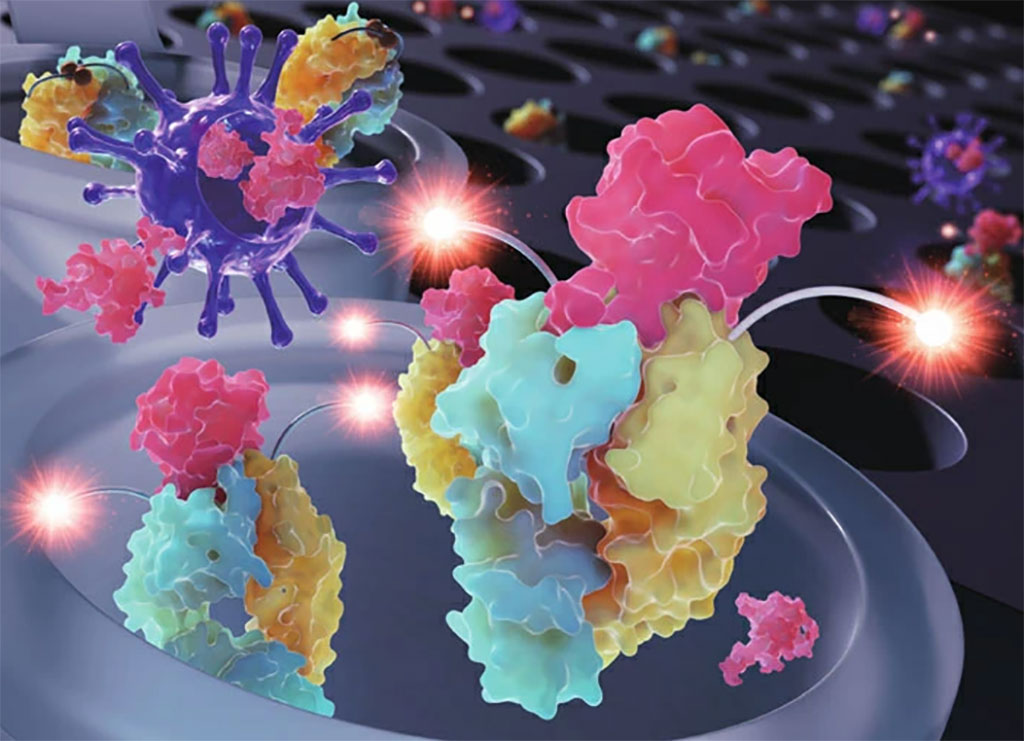Researchers Develop Chip for Biomolecule Detection to Aid COVID-19 Testing
By LabMedica International staff writers
Posted on 03 Jun 2020
Researchers have developed a patented method for single biomolecule detection that overcomes limitations of current technologies and could help in the fight against COVID-19.Posted on 03 Jun 2020
Purdue University (West Lafayette, Ind., USA) innovators have created a method that uses a special sensor similar to a computer chip. The application-specific integrated circuit chip is designed for the early detection of a number of pathogens and viruses. The technique involves machine learning to train the system to detect certain features associated with particular diseases and viruses. Then, when a sample is run through the system, it can detect those features and confirm the presence of particular viruses and diseases. Simulations have shown this technique could be effective in detecting COVID-19.

Image: Researchers Develop Chip for Biomolecule Detection to Aid COVID-19 Testing (Photo courtesy of Purdue University)
The method uses a metal-oxide semiconductor sensor with embedded, fluidic nanochannels. As a biomolecule moves through the nanochannel, a high frequency current is measured that contains information about the biomolecule, such as the type of nucleotides in the case of DNA/RNA, which can be used to classify the molecule.
“This method does not have the problems associated with other nanopore techniques because it does not require the difficult drilling of extremely small nanopores, can detect four nucleotides at a time, and is not significantly affected by the rotation or position of the biomolecule in the nanochannel,” said Saeed Mohammadi, a Purdue professor of electrical and computer engineering. “We want to find partners to move this technology to the public as soon as we can to help in COVID-19 testing. We know it can be an effective, easy and inexpensive method for detecting viruses, potentially the one linked to the current pandemic.”
Related Links:
Purdue University













